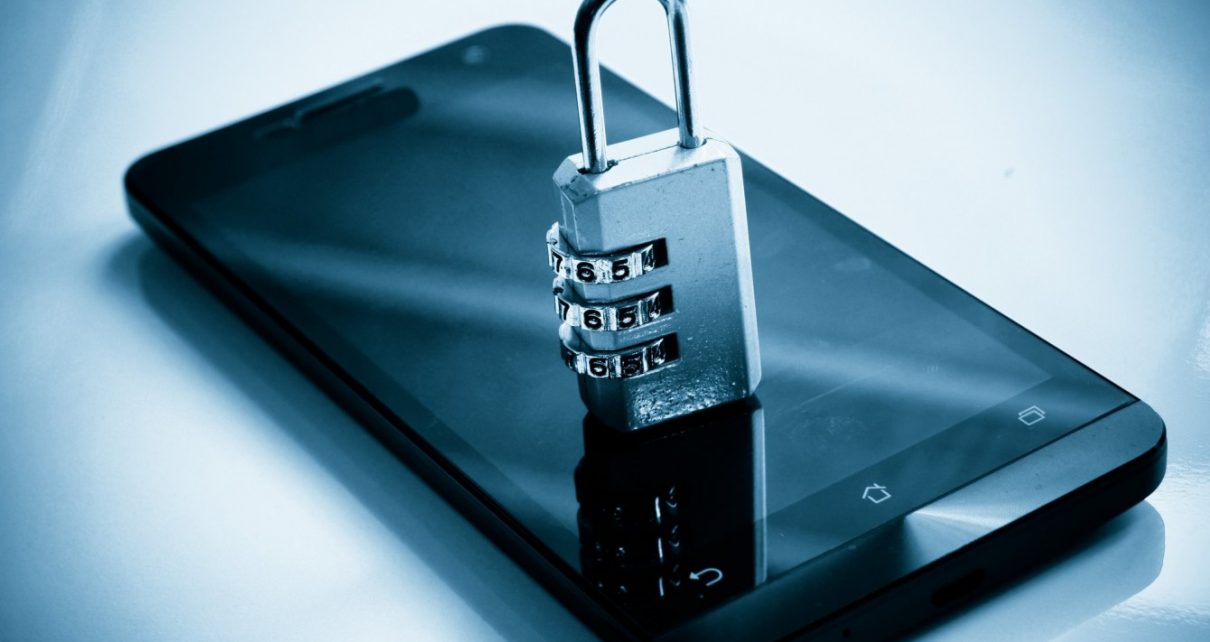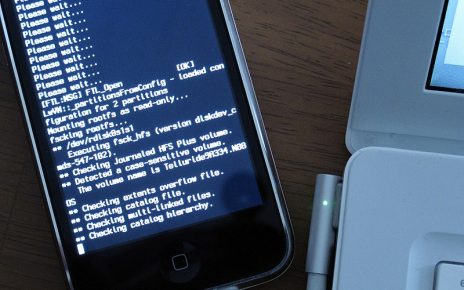There are several proactive steps you can take to ensure that your smartphone data remains safe. These solutions differ by operating systems, however. If you’re an Android user, follow these specific tips to protect your privacy and achieve online security, IPVanish VPN has revealed.
Update, update, update
All those software updates you may be guilty of ignoring include fixes for vulnerabilities. If you’re running outdated versions, you’re putting your data in harm’s way. Keeping your software current on Android is especially crucial due to Android’s history of vulnerabilities. Unlike, the iPhone, the Android OS runs on different branded devices, so the updating process may not be identical for every device. But no matter what Android device you own, you should backup your data before updating your OS.
Your OS
From there, head to Software Update > Check For Updates > Update and follow through until the installation is complete.
Your Apps
To update your apps, head to the Google Play store, then tap Menu >Settings, and tap ‘Auto-update apps’. From there, choose between auto-updates at any time and auto-updates over Wi-Fi only.
Use alternative locking methods
Android provides users the option of using face recognition or fingerprint scanning to unlock their device. The use of these biometrics may seem more secure than passcode, but that’s not necessarily the case. For starters, the Android
Trusted Face™ feature is not as robust as iOS’ Face ID™, and may not be difficult to dupe. There’s also legal ramifications to consider. In both the US and the UK, law enforcement cannot force you to unlock your phone using your passcode. They can, however, force you to unlock your device with your face or fingerprint. Even if you have engaged in criminal behavior, this is a concern.
If you’re thinking twice about using face recognition or fingerprint scanning, you can disable both by heading to Settings > Security & Location. You can also delete any fingerprints you’ve saved.
Perfect your passcode
In the absence of facial recognition and fingerprint scanning, you’ll need a strong passcode to secure your mobile device. Android gives you the option of a pattern or PIN. Opt for the PIN, and choose something distinct. Matching your phone PIN to one of your credit card PINs is unwise – choose a PIN that’s long, complex, and alphanumeric.
To set your passcode, head to Settings > Security > Screen Lock.
Audit app permissions
Since the release of Marshmallow in 2015, Google’s allowed Android users to edit their app permissions. To do so, head to Settings > Apps and click on the settings gear icon. Next, tap “App permissions” to access permissions categories such ‘Location’, ‘Contacts’, ‘Camera’, and ‘Microphone’. Tap a category to disable permissions for apps that don’t need it.
Many apps, for example, have no need for location access. Be aware, however, that some permissions are required for individual apps to function. While you’re auditing your app permissions, consider uninstalling any apps you don’t need or don’t trust.
Clean up Google interference
Google’s reputation for data collection is well-established, but you can take measures to decrease the tracking of your Android.
Navigate to Google’s My Activity page to get started with phase one of your Google cleanup. Tap the menu button and select ‘Activity Controls’. Here, you can disable your device information collection, search history, voice search history, location history, and YouTube history. Google may still store non-identifiable data about you, but this helps to limit what they can collect.
For phase two of your Google cleanup, turn off Google backup. This will prevent Google from backing up the vast amount of data they collect by default, such as your call history and app downloads. To disable Google backup, head to Settings > Backup & reset > Backup. From here, you can turn off backups completely or choose specific data you don’t want Google to save.
Encrypt every connection
Once you complete the previous steps, you’re nearly ready to use your Android with the online privacy you desire. Before you start surfing on, however, complete the final step of connecting to VPN. A VPN sends all your internet data through an encrypted tunnel while masking your IP address in the process. This allows you to keep your personal information and true location hidden from collection.




